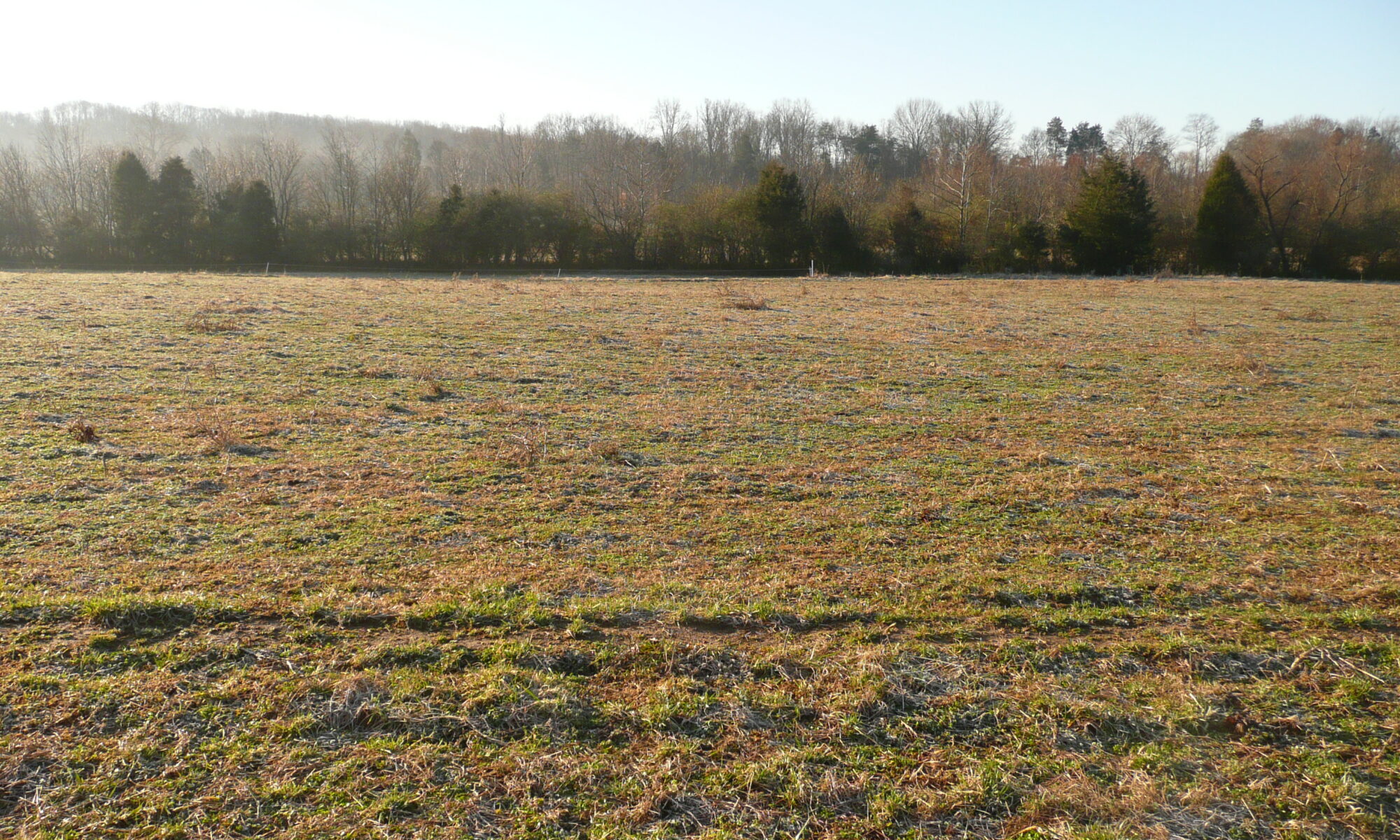

Dr. Bruno Pedreira
Associate Professor and Extension Forage Specialist
Department of Plant Sciences
Director, UT Beef & Forage Center
P: 865-974-3535
In the fall of 2023, precipitation was below average, and temperatures were above average. Several counties reached D2 (severe drought) and D3 (extreme drought), negatively impacting forage production. Most fescue pastures did not get enough precipitation to ensure great forage yield, compromising our ability to stockpile fescue. As it is hard to rely on weather forecasts, selling animals is not the first choice to reduce stocking rates, so over-grazing is usually a secondary effect in a drought year. Thus, besides the lack of forage produced in the fall, some grasses may not have had a chance to store carbohydrate reserves, as the pastures were over-grazed while we were waiting for a few drops of rain. Reserves (stored in roots and the base of the plants) are the main source of energy for regrowth when there are no leaves (winter), or not enough leaves (after grazing or harvesting), to make photosynthesis and generate energy. Therefore, after being dormant through the winter, spring regrowth may be slower than usual, and some pastures will end up having fewer tillers.
To minimize the need to graze drought-affected perennial cool-season pastures early in the year, consider over-seeding clovers (2 lbs/acre of with clover + 4 lbs/acre of red clover) around the second week of February. It will help to improve forage production and, as clover is a great source of nitrogen, it will contribute to fescue fertilization. Spring oats are another option to increase forage yield (seeding rate is 100-150 lbs/acre and seeding date is from Feb 20 to April 1). If you decide to seed spring oats, drill seeds in late February if moisture allows.
For January, the Climate Predict Center (www.cpc.ncep.noaa.gov) is predicting normal temperatures and precipitation leaning above normal for the whole state of TN. Statewide, January’s average temperature and precipitation in the last 10 years (2014-2023) were 38.1oF and 4.34 inches, respectively.
January also brings a sense of renovation when most of us are willing to do something different. So, what if you think about your forage-based livestock system and list TWO TASKS that may help you to improve your operation in 2024? One that you may have done but haven’t repeated, and one that you never have had a chance to try. I will give you a few suggestions: soil test to define your fertilization, forage test to fine-tune animal supplementation, divide one large pasture in two (it may be the beginning of your rotational grazing), build a new water tank to be able to have more pasture divisions, set mower stubble height for 3-4” and observe the regrowth, start to check for weeds when they are tiny plants not when they are flowering and waving for you, a new forage specie to increase the forage budget, use a ring or cone instead of unroll hay, build a hay barn, etc. Well, hope you all have a chance to do something different to improve your forage management in 2024!
